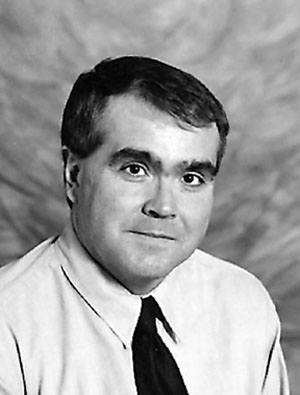One of the earliest industries in North Red Deer, but one that had been largely forgotten, was the Freytag Tannery, which operated 100 years ago on Forest (56) St. and the Burnt Lake Rd. (now Kerry Wood Dr.).
Central Alberta has long been a major centre for the livestock industry. Therefore, it made a lot of sense to utilize the extensive local supply of animal hides and skins and convert them into quality leathers.
The impetus for creating a local tannery came from a group of local entrepreneurs. The president of the fledgling company was George W. Greene, a local lawyer.
George Bawtinheimer, former owner of the North Red Deer sawmill and Stan Carscallen, partner in Red Deer’s largest real estate and land development company, Michener Carscallen, were also major investors.
An industrial operation such as a tannery required a well-trained and experienced manager in order to be successful. The person recruited was Victor B. Freytag. Born in Poland, Freytag had trained at the Imperial Institute for Leather in Vienna, Austria. The Institute was considered one of the leading tanning schools in Europe. Vienna was considered one of the world centres for the leather industry.
After graduation, Freytag worked in a number of tanneries and leather businesses in Austria, Germany and Russia. He eventually decided to seek new opportunities in the United States. After working in a few small American tanneries, he decided to head north to Canada to help start a business where he could be a co-owner.
The North Red Deer project moved ahead very quickly. The contract for the tannery building was let in December 1910. It was a large 400 sq. m (4000 sq. ft.) complex, one and half storeys high, and divided into a number of departments. There was to be a hide house, three large processing areas, a sewing room and heating plant.
Most of the equipment was driven by electricity, presumably supplied from the electrical plant at the nearby Great West Lumber mill. In keeping with environmental sensitivities, assurances were given that the minerals and chemicals used in the processing would minimize the bad odours usually associated with tanneries. Moreover, the wastewaters would be treated with the same high standards “employed in the thickly settled parts of Europe where regulations are very strict”.
According to the business plan adopted, the company would not attempt to establish elaborate wholesale and/or retail operations. Instead, finished leather coats, mitts, robes, harnesses and other such goods would be offered as part of the business deals struck with the suppliers of the hides and skins.
The Freytag Tannery got into full operation in the spring of 1911. For about two years, it did reasonably well. However, the deep recession, which struck in the spring of 1913, created enormous financial problems. The company went into voluntary receivership in February 1914. Victor Freytag secured a new job with the Calgary Tannery Company.
In August 1914, the First World War broke out. In August 1915, Rev. Robert Pearson, the Methodist minister in Red Deer, alleged that Victor Freytag had made serious seditious statements.
Freytag vigorously protested his innocence. Although he had a German name and had lived in Austria and Germany, he was a Polish nationalist. Nevertheless, he was interned for the remainder of the War.
After the War, Victor Freytag returned to Poland. He got a job with the new Polish government’s Ministry of Industry and Commerce. However, during the violent upheavals that followed the success of the Russian Revolution, he became an officer in the Polish artillery. He distinguished himself in the Battle of Warsaw, during the bloody Polish –Soviet War, which helped ensure the independence of the new Polish Republic.
Afterwards, Victor Freytag got a new job with Standard Oil in Poland. There is no local record of what happened to him once the Great Depression started in the 1930s.
Burnt Lake Park and playground in North Red Deer are located on the site of the old Freytag Tannery. There is also a “story stone” historical marker to help perpetuate the memory of this early industry.



